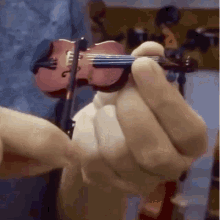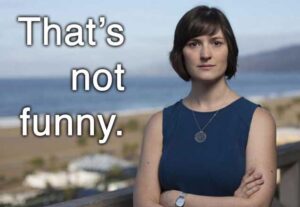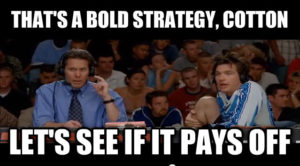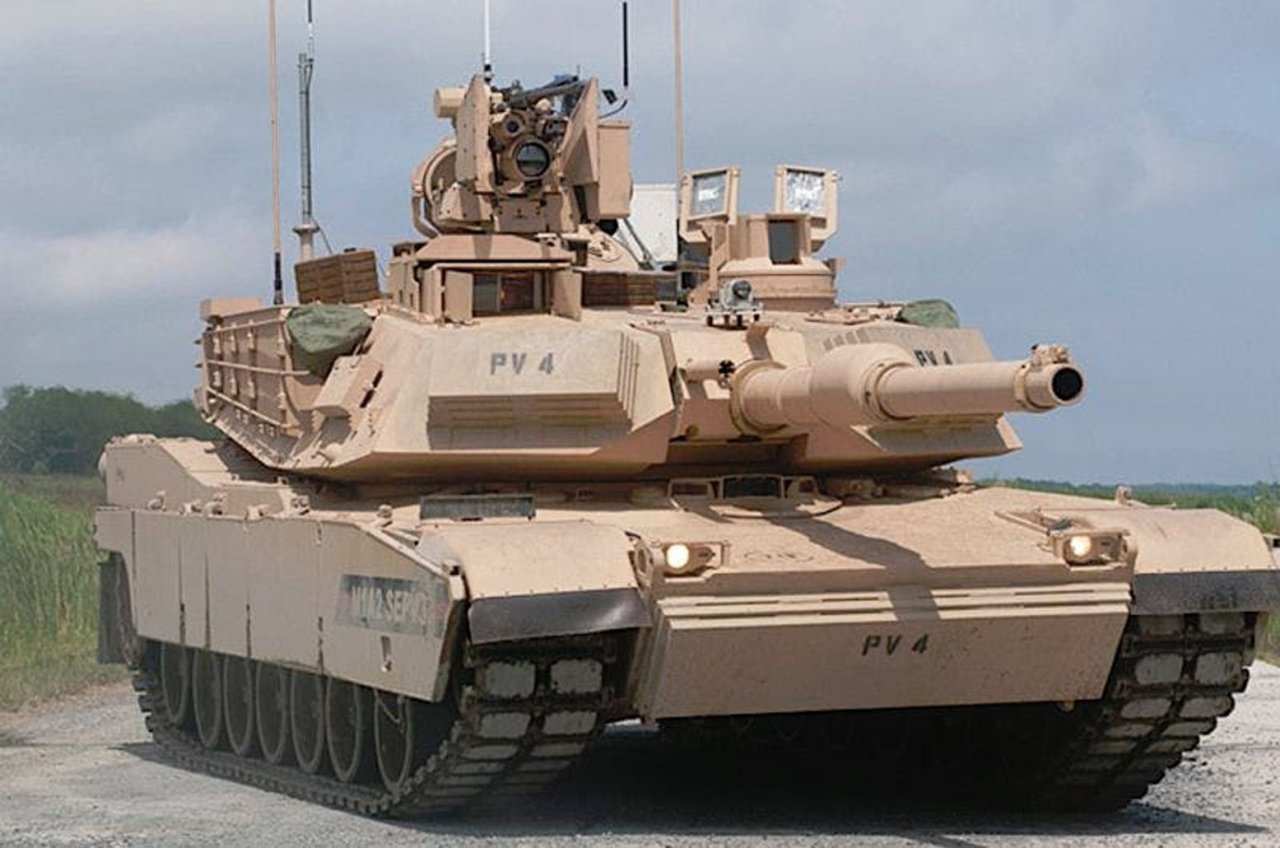Because I had to get out my book catalog last week, I’ve been as busy as Kathleen Kennedy on Ruin Star Wars Day, so this is another two-weeks crammed into one LinkSwarm. It’s just been a packed two weeks, with so many major stories breaking up not going to tease them up here, so let’s jump right in.
A new report has revealed that 21 George Soros-linked district attorneys across the United States have been replaced by “tough-on-crime” prosecutors. The report also noted that four have left office, either through recall efforts or other means.
Among those listed by the Law Enforcement Legal Defense Fund were former Portland District Attorney Mike Schmidt, who lost a May election to Democrat challenger Nathan Vasquez, Western Judicial Circuit District Attorney Deborah Gonzalez, who lost her reelection bid to Kalki Yalamanchili, and Kim Foxx, the former Cook County State’s Attorney who in 2023 announced that she would not seek reelection.
For those who were removed from office, there is Hinds County District Attorney Jody Owens, who in November was indicted on federal bribery charges, and Alameda County District Attorney Pamela Price, who was recalled last month after serving just 18 months in office, per The National News Desk.
Replacements also noted by the report were Los Angeles County District Attorney George Gascon, who lost to challenger Nathan Hochman in last month’s election, and former Baltimore City State’s Attorney Marilyn Mosby, who lost the 2022 Democratic primary election to Ivan Bates. Since her election loss, Mosby has been found guilty of one count of mortgage fraud.
All of them need to go.
An appellate court removed Fulton County district attorney Fani Willis (D) from the racketeering case against President-elect Donald Trump over her romantic relationship with special prosecutor Nathan Wade.
Georgia’s court of appeals ruled Thursday that Willis will be removed from the case because of the appearance of misconduct surrounding her relationship with Wade, but did not throw out the case all together.
“While we recognize that an appearance of impropriety is generally not enough to support disqualification, this is the rare case in which disqualification is mandated and no other remedy will suffice to restore public confidence in the integrity of these proceedings,” the three judge panel ruled.
Left unstated is that her lawfare attack on Trump was both illegal and unconstitutional.
Katie Couric and Jessica Tarlov admit Republicans sending illegals to blue cities worked. Call it the “smartest thing they ever did.”
Correct. The only way to make left-wingers change is to have them suffer the results of their own policies.
— Bonchie (@bonchieredstate) December 13, 2024
As Saul Alinsky once said, make your enemies live up to their words.
The battle lines are now drawn between West Coast liberals, Bernie Sanders-socialists and moderate technocrats in the Midwest, who insist the party has completely lost touch with the average American voter.
But first, there is one thing that all sides seemingly agree on: The current political establishment must be chased out of national politics for good. A reckoning is coming.
‘The people that are responsible for this s**tshow are the Obama people. They’re just grifters,’ a well-connected Democratic donor exclusively told Daily Mail. He singled out Jen O’Malley Dillon, who went from Biden 2024 campaign chair to serve in the same role for Harris’s camp, and David Plouffe, an ex-Obama 2008 campaign manager turned top Kamala adviser.
Israel pounded Syrian army bases on Tuesday in strikes it says aim to keep weapons from falling into hostile hands, but denied its forces had advanced into Syria, toward Damascus, beyond a buffer zone at the border.
Regional security sources and officers within the now-fallen Syrian army who spoke to Reuters described Tuesday morning’s airstrikes as the heaviest yet, hitting military installations and airbases across Syria, destroying dozens of helicopters and jets, as well as Republican Guard assets in and around Damascus.
The rough tally of 200 raids overnight had left nothing of the Syrian army’s assets, said the sources.
The Israeli Air Force has carried out over 300 airstrikes in Syria since the collapse of the regime, destroying advanced weapons and other capabilities.
Strikes reportedly carried out by Israel in Damascus’s Barzeh area completely destroyed a defense ministry research center, AFP correspondents reported on Tuesday. Western countries including the United States struck the facility in 2018, saying it was related to Syria’s “chemical weapons infrastructure.”
Plus they sunk the entire Syrian navy.
According to a US official, the US used B-52 bombers, F-15 fighter jets and A-10 aircraft to strike ISIS leaders, operatives and camps in central Syria. pic.twitter.com/QreZe4ATau
— NOELREPORTS

(@NOELreports) December 8, 2024
Alex Karp, the co-founder and CEO of Palantir, said late last week that Democrats lost the 2024 election because they did not understand the fundamental human desire to feel safe.
Karp made the remarks during a panel discussion at the Reagan National Defense Forum while talking about what Americans expect out of the U.S. government.
“Americans are the most loving, God-fearing, fair, least discriminatory people on the planet,” he said. “They want to know that if you’re waking up and thinking about harming American citizens, or if American citizens are taken hostage and kept in dungeons, or if you’re a foreign power sending fentanyl to poison our people, something really bad is going to happen to you and your friends and your cousins, and your bank account and your mistress, and whoever was involved.”
He continued, “When Americans are spending a trillion dollars on ‘defense,’ what I want and what I think my peers want is: why are these people keeping our citizens as hostages, torturing our people, attacking our allies, maligning us in what was once called the United Nations — basically a discriminatory institution against anything good? We need to stand up and those people need to be scared.”
He said that it was critical for the U.S. to dominate because “we have the best products in the world, and we can not have parity.”
“Our adversaries do not have our moral compunction,” he said. “If it is even, they will take advantage of our niceness, our kindness, our desire to be at home in Nebraska and New Hampshire or wherever we live, in our peaceful environments.”
“They need to wake up scared, and go to bed scared, and if you give that to the American people, the American people will go back and say — and honestly, I probably shouldn’t say this, this is why I thought the Democrats were going to lose the election, and why they did, because people want to live in peace,” he continued. “They want to go home. They do not want to hear your woke pagan ideology. They want to know they’re safe. And safe means the other person is scared. That’s how you make someone safe.”
Three U.S. Army soldiers have been arrested in Texas on criminal charges relating to smuggling illegal aliens.
The three soldiers were based at Fort Cavazos, which is near Killeen in Central Texas.
Fort Cavazos is The Fort Formerly Known As Fort Hood. I might have been a little more worked up over the name change if Hood hadn’t been such a shitty general.
U.S. Border Patrol agents made an initial traffic stop of a suspicious vehicle in the city of Presidio, located in West Texas on the Rio Grande. As an agent approached the vehicle’s passenger side, the driver sped away—hitting a second Border Patrol vehicle and injuring the agent inside.
The vehicle was eventually stopped by local law enforcement officers who detained four individuals in the car. Three were illegal aliens, and one was identified as U.S. Army soldier Emilio Mendoza Lopez.
The driver of the vehicle was reported as being another soldier named Angel Palma, who fled on foot from the vehicle but was located in Odessa a day later.
Presidio is nearly 500 miles away from where the soldiers were stationed.
“Mendoza Lopez and Palma allegedly traveled from Fort Cavazos to Presidio for the purpose of picking up and transporting undocumented noncitizens,” announced the U.S. Attorney’s Office for the Western District of Texas. “A third individual, Enrique Jauregui, is alleged to be the recruiter and facilitator of the human smuggling conspiracy.”
Three Texas teachers made news last week over charges of child pornography—also known as child sexual abuse material, as the images and videos depict sex crimes being committed against minors.
The educators worked in Dallas, Leander, and Wall Independent School Districts. Two of the three taught band.
On December 13, Dallas Police arrested Sean Turner, 34, and charged him with possession of pornography featuring a child younger than 10 years old—a first-degree felony.
Snip.
Retired principal Curtis John Locklear was arrested December 12 and charged with felony possession of child porn.
Locklear was arrested by the Montgomery County Precinct 3 Constable’s Office working with the Houston-area Internet Crimes Against Children (ICAC) task force.
Snip.
Also on December 12, a federal judge sentenced Joshua Carroll to 30 years in prison for possessing and producing child porn.
Carroll was an assistant band director in Wall ISD from January 2022 until his crimes were discovered earlier this year.
Google on Monday introduced a new chip called Willow, which solved in five minutes a computing problem that would take a classical computer more time than the history of the universe.
Tech companies are chasing quantum computing in hopes of developing systems that perform at speeds far faster than traditional silicon-based computers.
The building blocks of quantum computers, called “qubits”, while being fast, are error-prone, making it hard to ensure quantum computers are reliable and commercially viable.The more qubits used in quantum computing, the more errors typically occur. But Google said on Monday it found a way to string together qubits in the Willow chip so that error rates decline as the number of qubits rise, adding that it can also correct errors in real time.
My understanding of how quantum computers work is limited to popular explanations, but D-Wave is evidently still in business, so maybe they work?



— Donald J. Trump (@realDonaldTrump) December 14, 2024
Dog knew what he was doing..
pic.twitter.com/P8TGKpfRRf
— 𝕐o̴g̴ (@Yoda4ever) December 12, 2024
(Hat tip: Ace of Spades HQ.)


